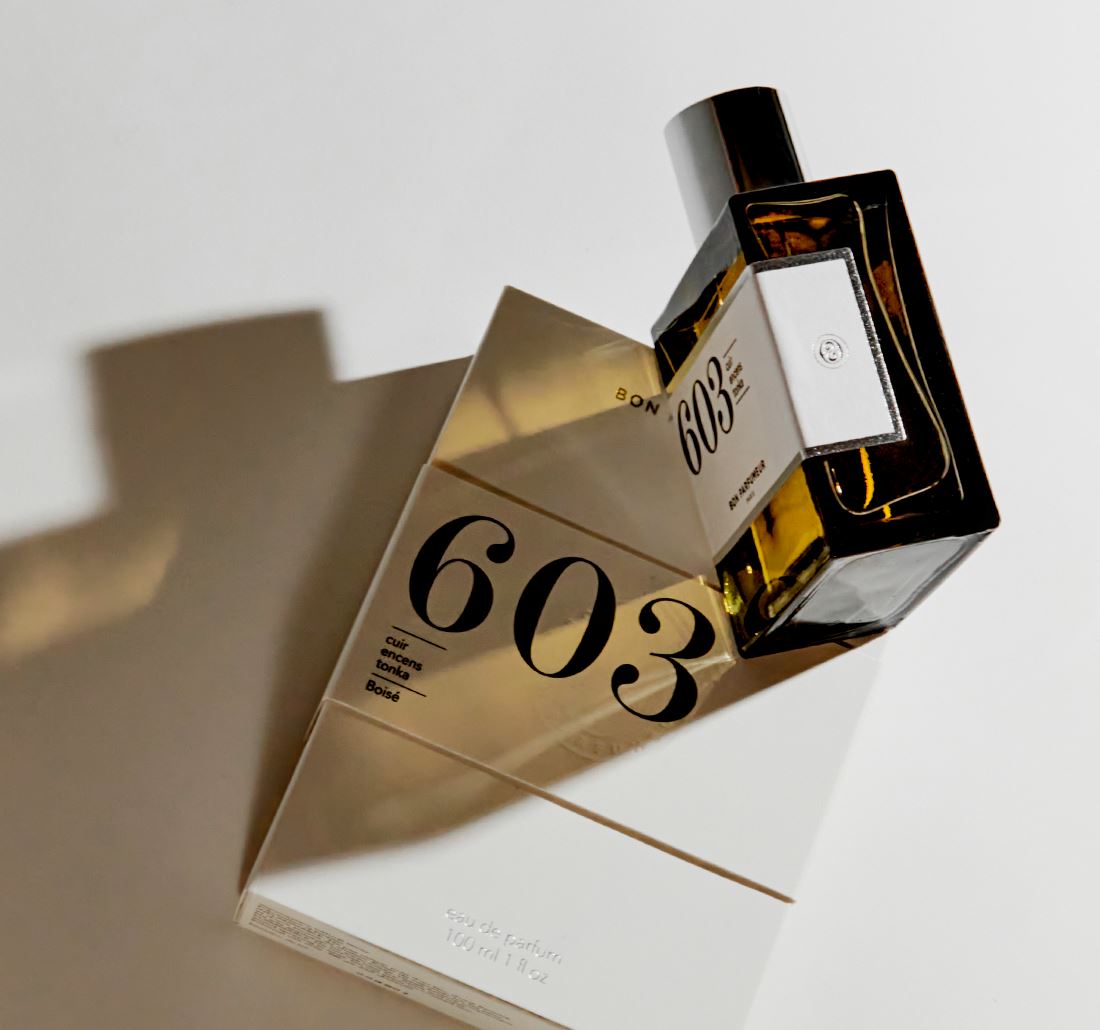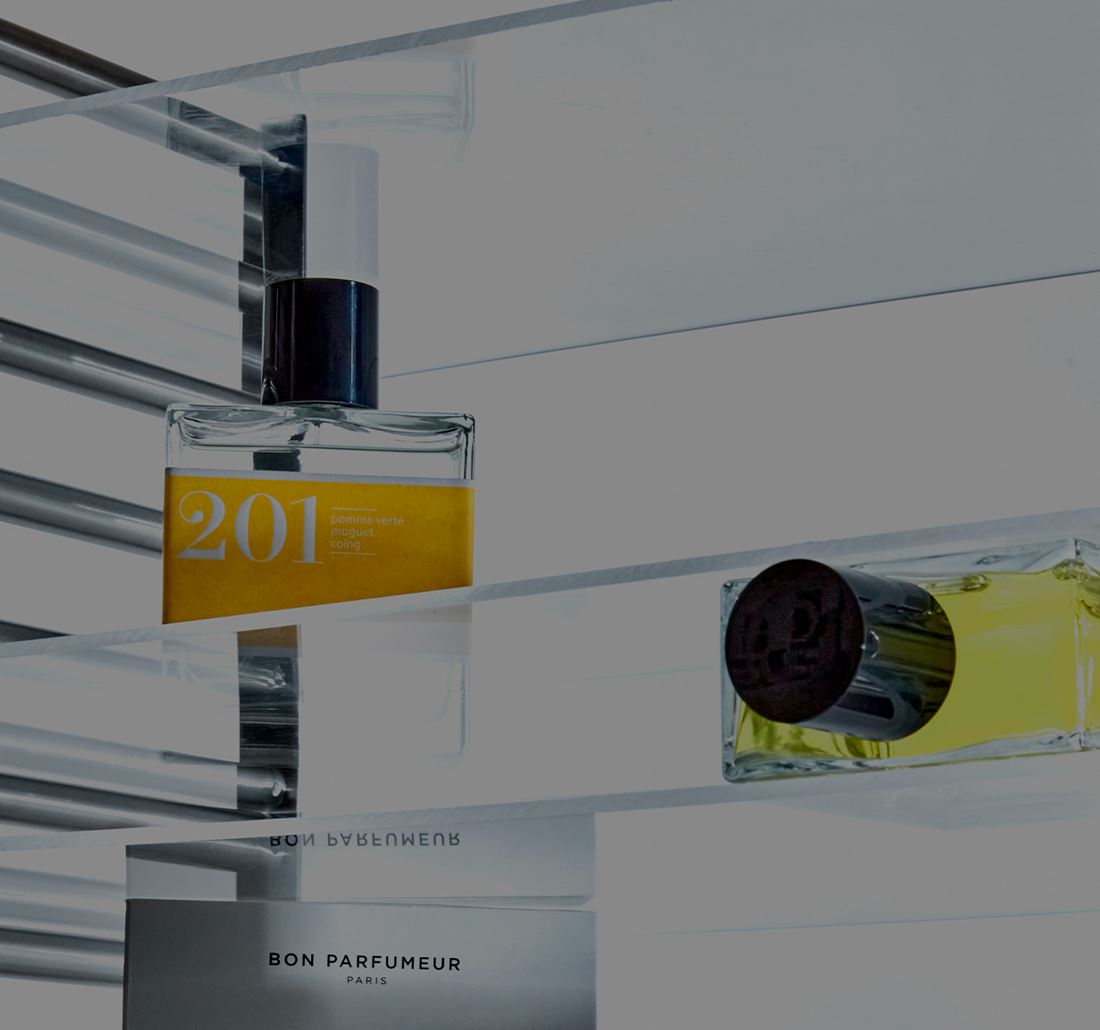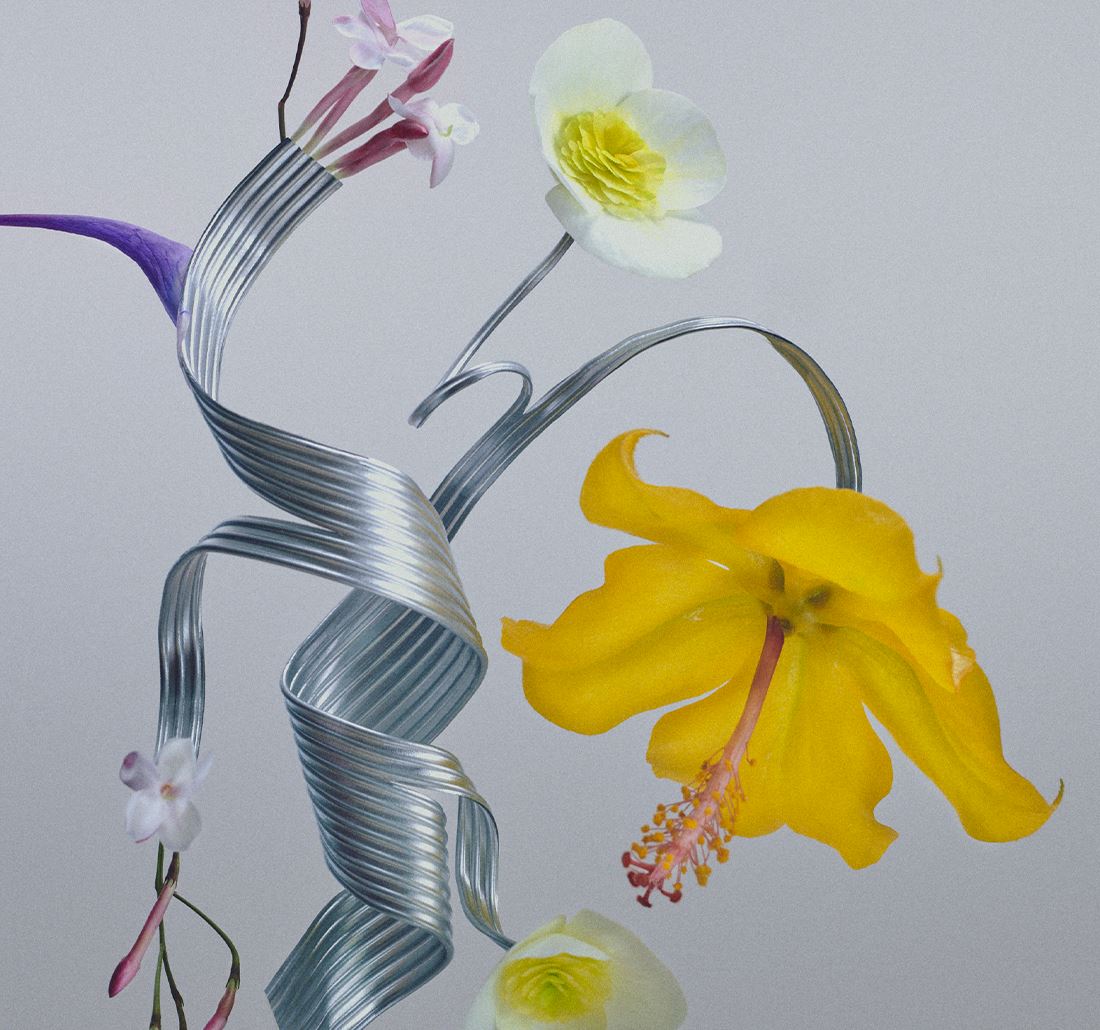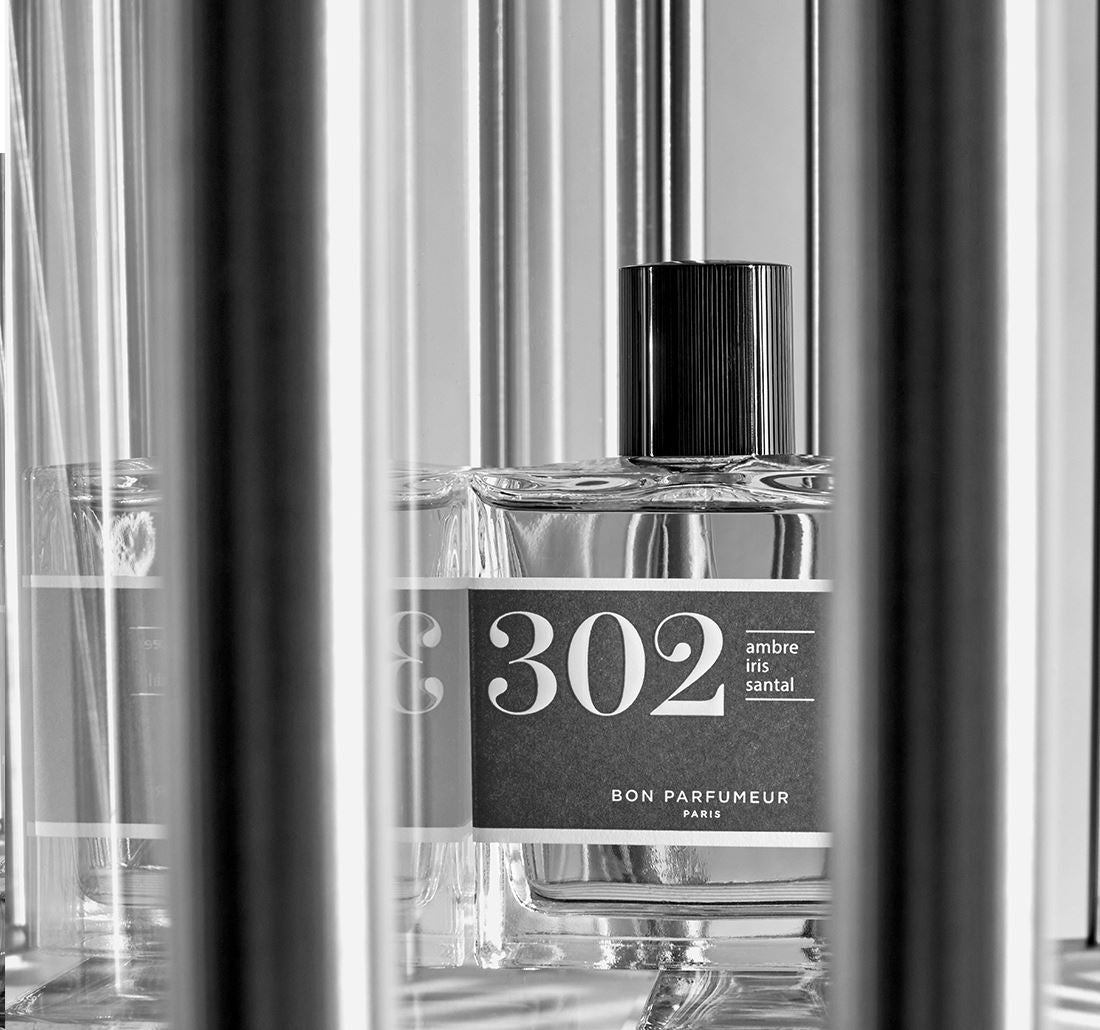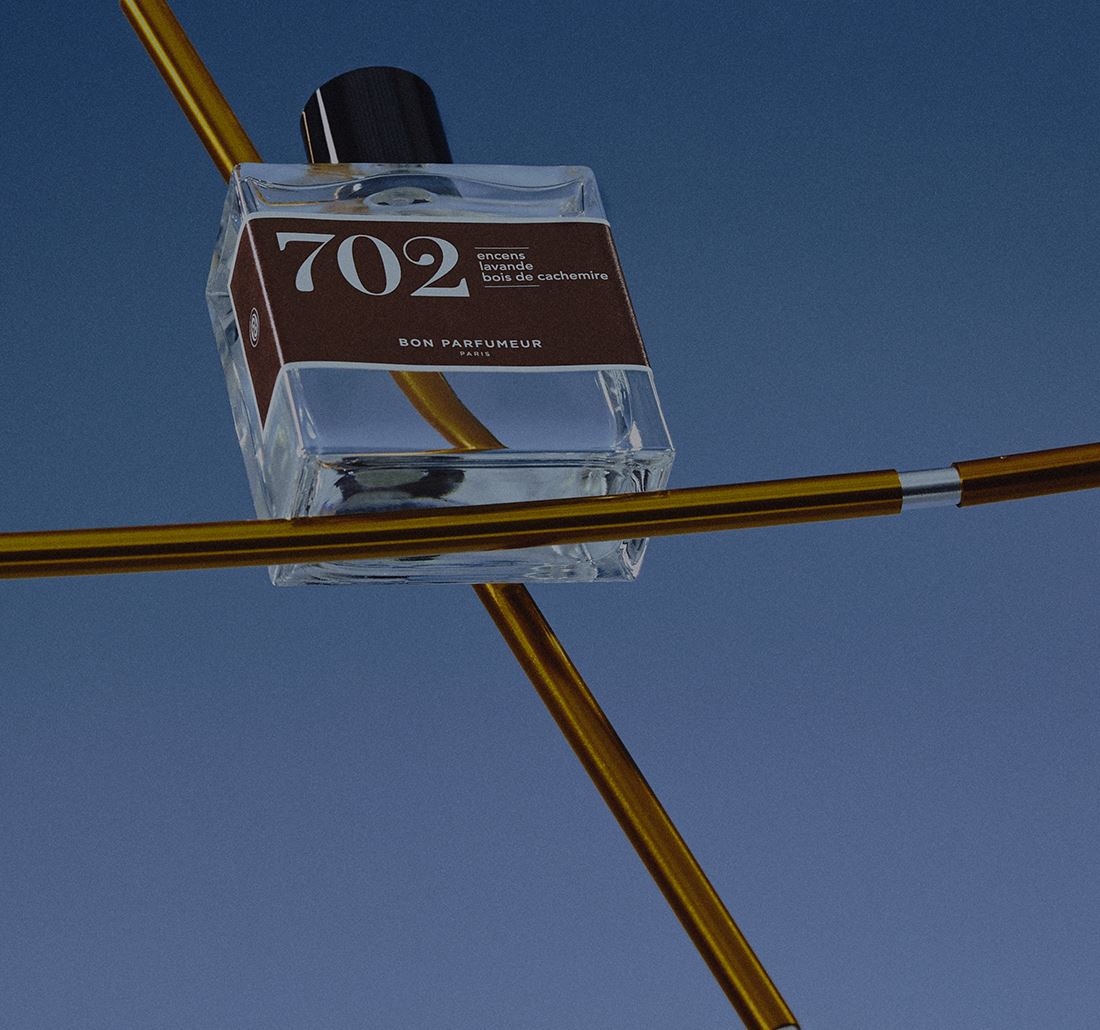SUMMARY
01. Expression in brief
02. What are the two types of expression used today?
To make a perfume by expression, you have to be able to capture the fragrance of fruit. Expression is one of the techniques for manufacturing perfume which is particularly useful for citrus fragrances, for example. Also known as cold pressing, this method is used to extract the aromatic compounds of citrus fruit from the tiny glands found in the peel.
Expression in brief
The history of expression began in Sicily which makes sense, given that Sicily is one of the largest producers of citrus fruit. The first technique, sponge extraction, consisted of emptying the fruit to keep nothing but the peel. Both parts were generously drenched in water and then left for about 10 hours. A vase with sponges attached to it would then be used. After pressing the rind onto the sponges and then decanting, the essence of the fruit was collected by pressing the sponges. This technique is no longer used today because it took too long: at least a month!
What are the two types of expression used today?
To extract the absolute from citrus fruit, there are two types of expression methods that can be used in perfumery which differ slightly but give very good results.
Expression using whole fruit
The cold expression of citrus fruit produces the essential oil, also called the essence. This type of expression is often quite simple: you take a whole fruit, such as a lemon, then you press it. The juice is separated from the essential oil in a centrifuge. The lemon essence is collected and used in our Bon Parfumeur perfumes, including Perfume 001 with bergamot and Italian mandarin as top notes.
Expression using fruit peel
The second expression process used involves the peel. A citrus fruit is chosen, such as a Cuban lime, and the peel is removed. This is crushed to produce the essential oil. You can then enjoy its scent in Perfume 003 with Calabrian bergamot.
Expression is a technique which is still used today to create original perfumes, unlike enfleurage which has been abandoned. The others, including carbon dioxide extraction, headspace technology, steam distillation and extraction use different but very effective processes to capture natural fragrances.






